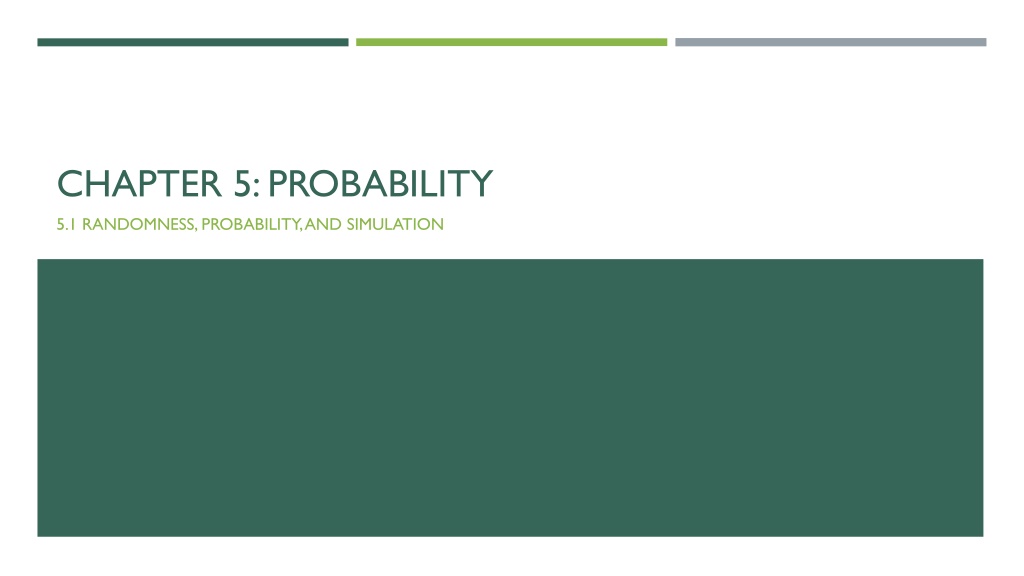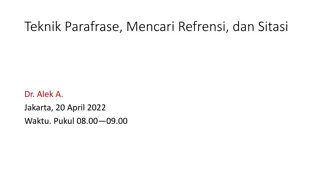Effective Paraphrasing Strategies
Learn the art of paraphrasing by putting author's ideas into your own words to enhance understanding and clarity. Master paraphrasing techniques through examples and helpful tips, like simplifying complex sentences and utilizing synonyms.
Download Presentation

Please find below an Image/Link to download the presentation.
The content on the website is provided AS IS for your information and personal use only. It may not be sold, licensed, or shared on other websites without obtaining consent from the author.If you encounter any issues during the download, it is possible that the publisher has removed the file from their server.
You are allowed to download the files provided on this website for personal or commercial use, subject to the condition that they are used lawfully. All files are the property of their respective owners.
The content on the website is provided AS IS for your information and personal use only. It may not be sold, licensed, or shared on other websites without obtaining consent from the author.
E N D
Presentation Transcript
CHAPTER 5: PROBABILITY 5.1 RANDOMNESS, PROBABILITY, AND SIMULATION
LAW OF LARGE NUMBERS Law of Large Numbers: the proportion of times that a particular outcome occurs in many repetitions will approach a single number. Sometimes it is erratic, but stabilizes eventually. http://digitalfirst.bfwpub.com/stats_applet/stats_applet_10_prob.html Probability: The probability of any outcome of a chance process is a number between 0 and 1 that describes the proportion of times the outcome would occur in a very long series of repetitions. Make sure your answer makes sense!!! On the calculator: 2.3844823E-8 Don t tell me the answer is 2.38.
SIMULATIONS A model that accurately reflects the situation 1. Ask a question of interest about some chance process (Usually done for you) 2. Describe how to use a chance device to imitate one repetition of the process. Tell what you will record at the end of each repetition. (Describe your plan) 3. Perform many repetitions of the simulation. (At least 25 on your homework) 4. Use the results of your simulation to answer the question of interest. (Conclusion)
EX 1: At their annual picnic, 18 students in the math department at a university decide to play a softball game. Twelve of the 18 students are math majors and 6 are stats majors. To divide into two teams of 9, one of the professors put all of their names into a hat and drew out 9 players to form one team, with the remaining 9 players on the other team. The players were surprised when one team was made up of entirely math majors. Is it possible the names weren t mixed well in the hat or could this happen by chance? Design and carry out a simulation to help answer this question. *Make sure you answered the question Question Plan: Number the math majors 1-12 and the stats majors 13-18. Use technology to pick 9 unique numbers between 1-18 for one team. Record whether the team was all math majors (#1-12). Simulation: Conclusion: = ___, so the probability of getting an entire team of math majors is very unlikely* to happen by chance alone. There is convincing evidence the names weren t mixed well in the hat.* __ out of __ trials had an entire team of math majors. *Anything less than 5% is considered unlikely























